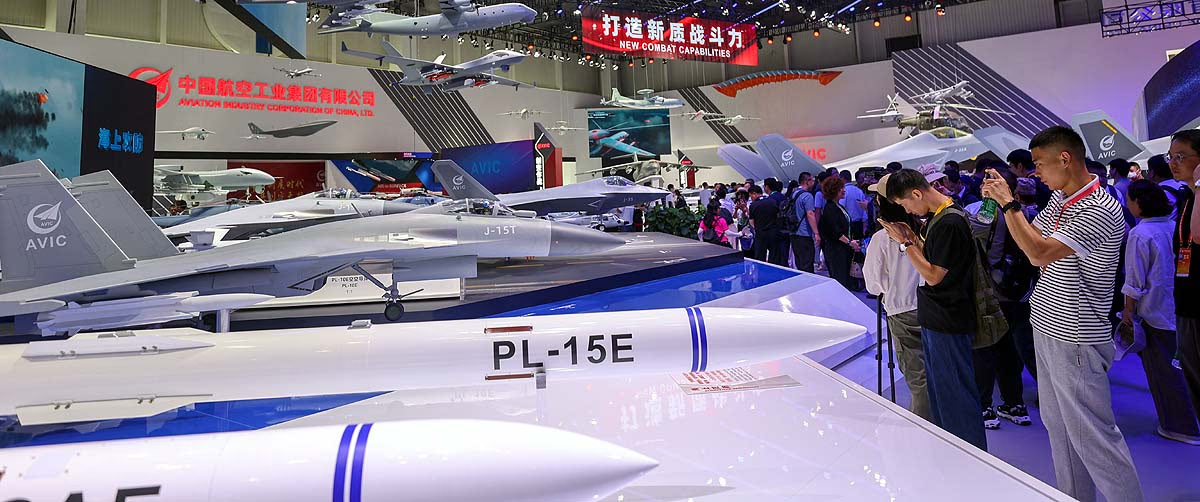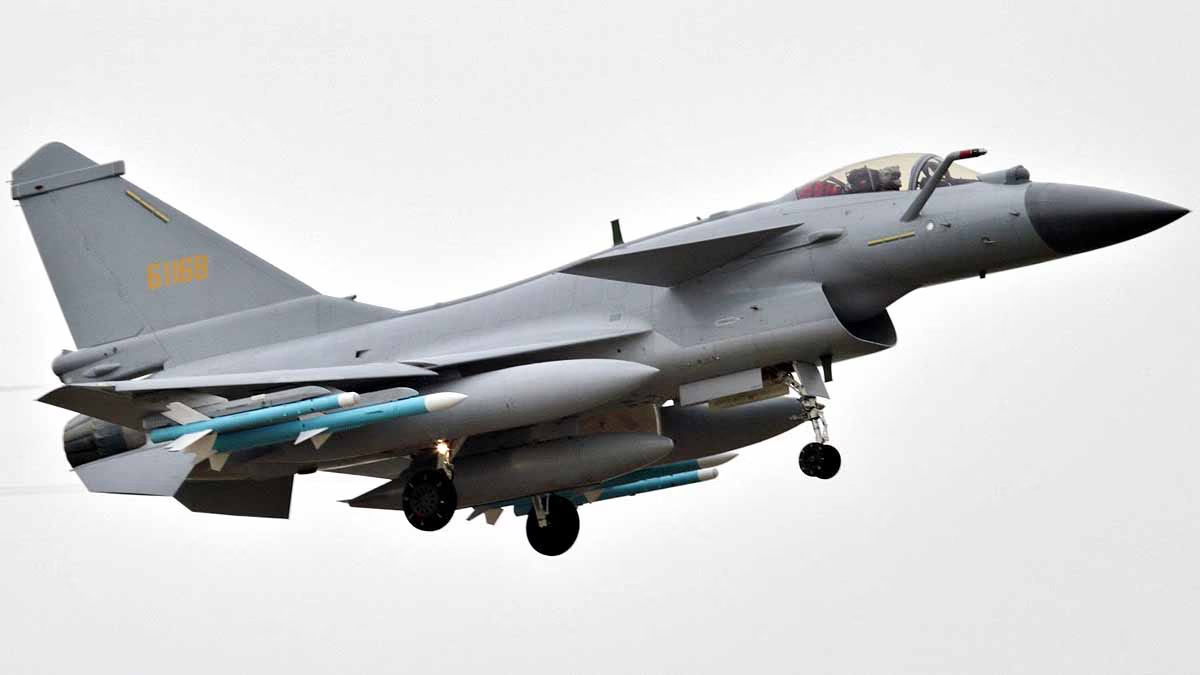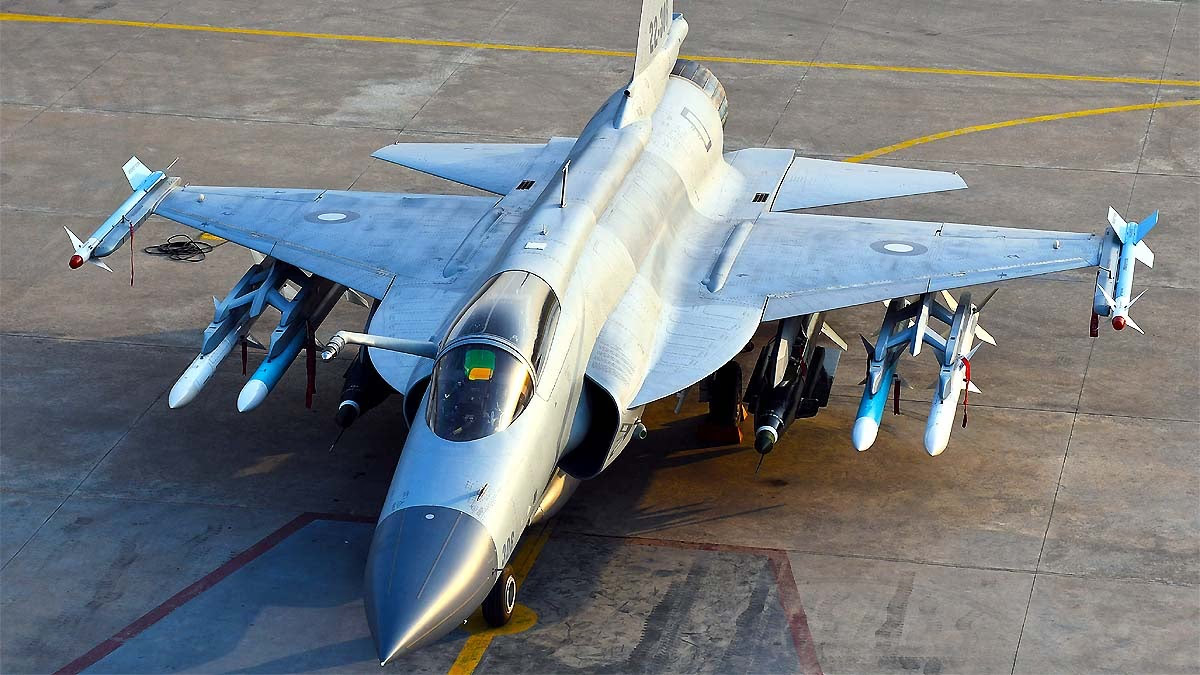A new American report suggests that China used the brief May 2025 skirmish between India and Pakistan as a platform to test and promote its new military arsenal. According to this report, China's main aim was to display the potency of its weapons without direct involvement in the conflict.
This report was released by the U.S.-China Economic and Security Review Commission of the U.S. Congress. It states that China utilized the four-day struggle between India and Pakistan as a live testing field, which provided them with actual data about their weapons and allowed them to advertise these effectively in the global market.
This strategic maneuver by Beijing was intended to highlight the power and authenticity of their weapons, feeding into China's ambitions regarding its border disputes with India and the expansion of its defense industry.

Source: aajtak
The clash occurred from May 7 to 10, 2025, sparked by a terrorist attack in Pahalgam, Jammu & Kashmir, leading to the tragic loss of 26 civilians. India blamed Pakistan's handlers for this attack and launched Operation Sindoor, targeting terrorist camps in Pakistan and Pakistan-occupied Kashmir (PoK).
In response, Pakistan initiated missile and drone attacks, which India intercepted or destroyed. Subsequently, Indian forces targeted and disabled several Pakistani airfields. A ceasefire was achieved on May 10. This was the most intense engagement between the nuclear-capable neighbors in recent years.
Detailed in the report, this military affair marked the first combat appearance for some of China's modern weaponry—HQ-9 air defense system, PL-15 air-to-air missiles, and J-10 fighter jets—allowing for their real-world testing.
In June 2025, the report claims, China offered to sell 40 fifth-generation J-35 fighter jets, KJ-500 aircraft, and ballistic missile defense systems to Pakistan.

Source: aajtak
Post-conflict, Chinese embassies publicly celebrated these successes, claiming that Chinese weaponry performed well, a move aimed at boosting its arms sales.
Fighter Jets: 5-13 Pakistani jets, including 2-8 U.S.-made F-16s and 2-4 Chinese-made JF-17s, were lost. Some were shot down in the air, others destroyed on the ground, totaling 9-12 aircraft, with 6 downed in the air.
Surveillance Aircraft: 1-2 high-value Airborne Early Warning and Control Systems (such as Saab 2000) were demolished.
Transport Aircraft: 1 C-130 Hercules military transport plane was ruined.
Drones and UCAV: Over 500 drones, including 6 Chinese Wing Loong II and 4 Burraq UAVs, were taken out. Additionally, 500+ surveillance drones were also destroyed.

Source: aajtak
Missile System: More than 40 Fatah-I/II ballistic missiles, 60+ CM-400 AKG and Hatf-VIII Raad cruise missiles, and 2 hypersonic missile intercepts were recorded.
Air Defense Systems: Various sites, including 3 Chinese HQ-9, LY-80, and SAM locations, suffered damage.
Airbases and Infrastructure: 2 airbases were severely damaged and another 10 suffered medium damage, affecting infrastructure such as runways, hangars, and radars.
Other: Multiple insurgent camps, border outposts, and strategic locations were neutralized.
The American report also points out that following the conflict, China launched a misinformation campaign to discredit French Rafale fighter jets, intending to halt their sales while promoting its J-35 jets.
Such exploits showcase China's intent to leverage regional conflicts to bolster its military prowess, a scenario that can elevate tensions between India, Pakistan, and China. With existing border tensions between India and China, experts advise the international community to remain vigilant.




